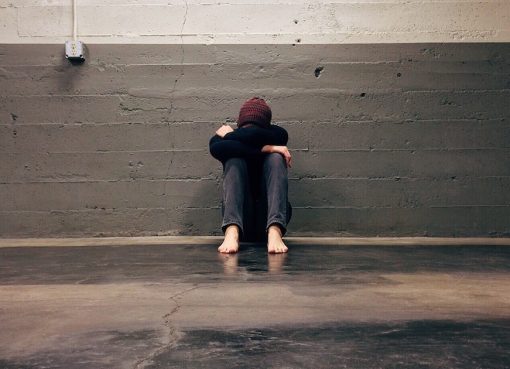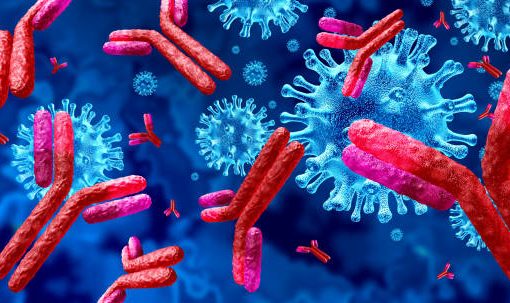Body dysmorphia is a psychological disorder characterized by a disproportionate preoccupation with a detail in one’s own appearance.
Body dysmorphia corresponds to a psychological disorder in which the perception that people have about their own appearance may not completely correspond to reality, being usually negative and possibly becoming obsessive. People with body dysmorphia are constantly concerned about what they consider to be a defect in their appearance, whether real (usually small) or imagined, a defect that may be imperceptible to others, despite being very significant for themselves.
This negative perception can harm their quality of life, especially socially, as people can not only isolate themselves – they feel inhibited in participating in certain events where other people are present, including at work and school, resulting in absences. -, but also for the obsessive behaviors they tend to adopt – for example, spending too much time in front of the mirror, evaluating themselves, and seeking validation from others. Those with body dysmorphia find it difficult to control these behaviors, which can cause anxiety, suffering and affect their daily lives.
Body dysmorphia mainly affects teenagers, both female and male.
What are the symptoms of body dysmorphia?
Some behavioral changes that may suggest body dysmorphia are:
- Worrying excessively about what you perceive as a “defect” in your appearance, but which, for others, is considered minimal or even non-existent.
- Having a strong tendency to compare yourself with others.
- Believing you have a defect that jeopardizes your beauty.
- Be a perfectionist.
- Having the belief that people around you notice your “defects” and ridicule you.
- Obsessive behaviors.
- Turning to other people to validate your appearance, but when they assure you that everything is fine, not believing their words.
- Spending a lot of time in front of the mirror or, at the opposite extreme, avoiding it at all costs.
- Frequently consult specialists, for example, in Plastic Surgery and Dermatology to correct “defects” imperceptible to others.
- Look for cosmetic procedures that don’t make you satisfied with your appearance.
In the most severe cases, body dysmorphia can lead to problems such as:
- Low self-esteem
- Social isolation
- Depression
- disorders of anxiety
- Obsessive-compulsive disorders
- Eating disorders
- substance abuse
- Pain or risk of disfigurement due to frequent surgical interventions
- Suicidal behavior or thoughts
While some people can recognize that their perception of their appearance may be exaggerated (for example, a small defect seems much bigger to them) or that they are worried about a defect that, in reality, does not exist, other people may believe that these Perceived defects are probably real. In a third hypothesis, they may not have any doubts about the reality of these defects in their appearance.
The patient’s degree of suffering is greater the more he believes in the reality/validity of these failures.
Areas of the body that cause the most concern
Body dysmorphia does not manifest itself equally in all people affected by the disorder: some people focus only on a single area of the body, others are preoccupied with several. Even over time, the part of the body that is of concern can change. As a rule, the main ones are:
- Abdomen
- Thighs
- Buttocks
- chest size
- Muscle size and tone (also known as muscle dysmorphia, occurs almost exclusively in men)
- Skin imperfections such as wrinkles, scars or acne
- Hair and body hair
- Facial features, the most typical being the nose
- penis size
Looking for Cosmetic Procedures
As a result of the perception of the existence of “defects” in their appearance, those with body dysmorphia may resort to cosmetic procedures in order to correct a certain defect. These interventions may offer some satisfaction, albeit temporary, or even reduce your level of distress. After some time, the person tends to feel anxiety again and the process is repeated, returning to looking for aesthetic treatments that can help correct what they believe is wrong with their appearance.
What causes body dysmorphia?
The causes of body dysmorphia are not completely known, but there are some data about its prevalence and the most affected groups. As a rule, it appears in adolescence and, according to studies, affects both sexes equally. It is thought that body dysmorphia can be caused by a combination of environmental, psychological and biological factors:
- Genetic predisposition: people with direct relatives who suffer from body dysmorphia, depression or obsessive-compulsive disorder may be more likely to develop this psychological disorder.
- Traumatic experiences: abuse, neglect or bullying during childhood.
- Personality traits , such as perfectionism.
- Low self-esteem .
- Pressure and expectations related to beauty from close people and society.
- Abnormal levels of serotonin in the brain.
Body dysmorphia is more common in people who already have another psychological disorder, such as:
- Depression
- Anxiety
- Obsessive-compulsive disorder
- Eating disorder





